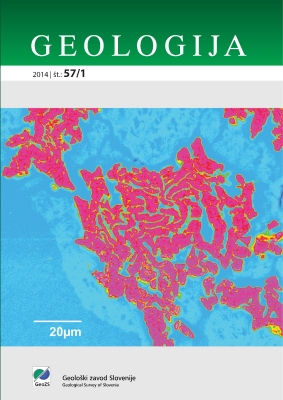The possibility of occurrence of coccidiostats in the environment
DOI:
https://doi.org/10.5474/geologija.2014.005Abstract
Coccidiostats are veterinary pharmaceuticals used for prevention and treatment of coccidiosis. They pose a Potential environmental risk because of their widespread use in veterinary medicine. In large quantities they are used as feed additives for poultry. They enter the environment mostly through the use of manure from treated animals, which is a substantial source of coccidiostats since up to 95 % of consumed coccidiostats are excreted unchanged. In Europe, 11 coccidiostats are permitted, which differ in their mechanism of action. Through soil fertilization on agricultural areas coccidiostats are transferred via manure into surface water and groundwater. They could be used as indicators of agricultural pollution. The presence, transport and concentration of coccidiostats in the environment are still largely unknown. This article provides an overview of coccidiostats, their use, efficiency and occurrence in the environment. It describes the factors influencing their occurrence in the environment. An overview of literature on the topic of coccidiostats in the environment is presented. In the case of the Drava field the potential environmental concentration of the coccidiostat monensin in the environment was established. The assessment took into account the number of chickens on a chosen farm, the related arable land and the properties of monensin. It was found that due to fertilization with chicken manure we can expect predicted environmental concentrations (PEC) of monensin in soil up to 0,30 mg/kg and in groundwater up to 80,4 µg/l.Downloads
How to Cite
Koroša, A., Žižek, S., & Mali, N. (2014). The possibility of occurrence of coccidiostats in the environment. Geologija, 57(1), 39–51. https://doi.org/10.5474/geologija.2014.005
Issue
Section
Articles

